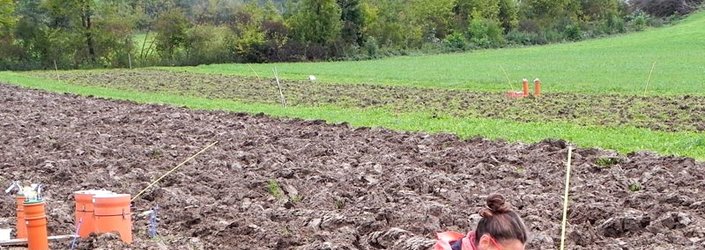
What type of tillage is the most climate-friendly?
A certain number of tests and measures taken in recent years have shown that, in terms of conventional agriculture, the reduced tillage or direct sowing increased the humus content in the soil only a little.
In fact, the humus content increased only in the upper layer of the soil. This accumulation of humus in the upper layer had a positive effect on the structure of the soil and protection against the erosion. However, according to Frick AG, in heavy soil tested rather long time in organic conditions, there was an increase in humus content at the end of a decade in plots with reduced tillage compared to plots cultivated by conventional field work.
Reduced tillage also increases the number of microorganisms in the soil. This can influence emissions of gasses that are produced during the transformations of nitrogen from the soil under the effect of microorganisms; but in long term there were only few differences between different options of conventional field work. This was also confirmed in organic conditions in the long-term test of Frick AG as part of the annual review of programs carried out for two crops, namely wheat and temporary grassland. In recent measures it was found that gas emissions and mineralization of the humus that occur just after the field work were slightly higher with the process “reduced tillage” than the process “conventional field work”. This is in itself logical: there are more microorganisms, so they work more. Accordingly, in order to minimize the impact on the climate, it is essential to reduce the most possible number of interventions on a given plot (field), and it is even more important to work the soil when the conditions for this work are really good. Thus we also contribute to a comprehensive soil protection.
Source: Quel type de travail du sol est le plus respectueux du climat? www.bioactualites.ch [online]. [cit. 2017-02-24]. Available at: http://www.bioactualites.ch/fr/cultures/grandes-cultures-bio/travail-sol/travailsol-climat.html
